|
FY2019 Exhibition Information
|
Apr. 2–Oct. 6, 2019
&
Feb. 1–Mar. 31, 2020
|
|
Permanent exhibition:
History of Kinokuni—Lives and Culture of Local People—
|
| |
|
|
|
Mar. 9–Apr. 21
|
|
Curated exhibition:
World of National Treasures and Ancient Sacred Treasures—Masterpieces Handed Down at Kumano Hayatama Taisha Shrine—
|
|
Apr. 27–June 2
|
|
Special Exhibition:
Gaze at Buddhist and Shinto Statues—Local Endeavors to Cherish the Divine Images—
|
|
June 8–July 7
|
|
Curated exhibition:
At the Western End of the Foot of Mt. Koya—Cultural Properties from the Areas along the Kishi River—
|
|
July 13–Aug. 25
|
|
Summer curated exhibition: Supreme Treasures of the Nanki Music Library
|
|
Aug. 31–Oct. 6
|
|
Curated exhibition: Shinkei-zu—Scenery Seen by Traveling Painters—
|
|
Oct. 19–Nov. 24
|
|
Special Exhibition Celebrating the 400th Anniversary of the Tokugawa Family’s Arrival in Kii Province:
Tokugawa Yorinobu and Great Treasures of the Kii Tokugawa Family
|
|
Nov. 26–Jan. 31
|
|
(To be closed temporarily due to work on upgrading lighting in exhibition rooms)
|
|
Feb. 1–Mar. 8
|
|
Curated exhibition: Mysterious Masks from Kinokuni
|
|
Mar. 14–Apr. 19
|
|
Curated exhibition: Calligraphic Works from the Edo Period
|
|
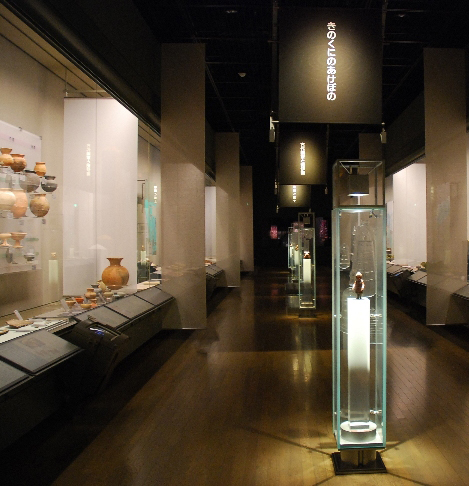
|
Permanent exhibition:
History of Kinokuni—Lives and Culture of Local People—
Tuesday, April 2–Sunday, October 6, 2019
Saturday, February 1–Tuesday, March 31, 2020
This exhibition clearly illustrates the 30,000-year history of Kinokuni—present-day Wakayama Prefecture—focusing on the lives and culture of local people, in seven chronological sections. Each section also displays replicas you can touch. Please note that the permanent exhibition will not be on show during the period of the special exhibition “Tokugawa Yorinobu.”
←Photo of the permanent exhibition room at Wakayama Prefectural Museum
|
|
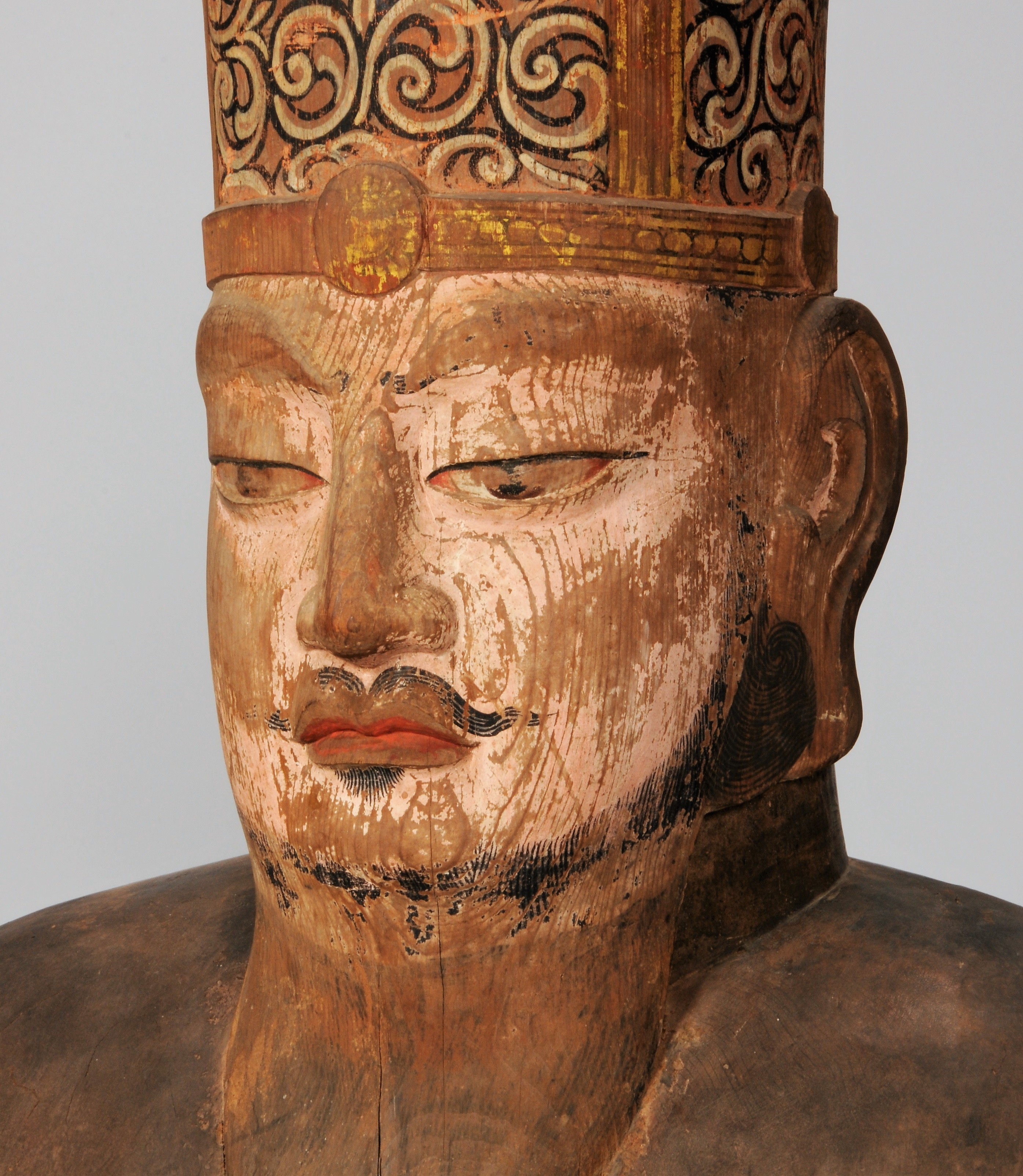
|
Special Exhibition:
Gaze at Buddhist and Shinto Statues
—Local Endeavors to Cherish the Divine Images—
Saturday, April 27–Sunday, June 2, 2019
The arrival of modernity in Japan entailed the emergence of a new historical and aesthetic gaze at Buddhist and Shinto statues. Nevertheless, many Buddhist and Shinto statues are still prayed to and cherished as a source of peace of mind in the everyday lives of local people. Taking advantage of the change of era name, this exhibition brings together representative Buddhist and Shinto statues from Wakayama Prefecture, to explore what gaze we will direct on them from now on, in handing them down to future generations.
←Seated Statue of Kumano Hayatama no Ōkami (national treasure, Kumano Hayatama Taisha Shrine)
|
|
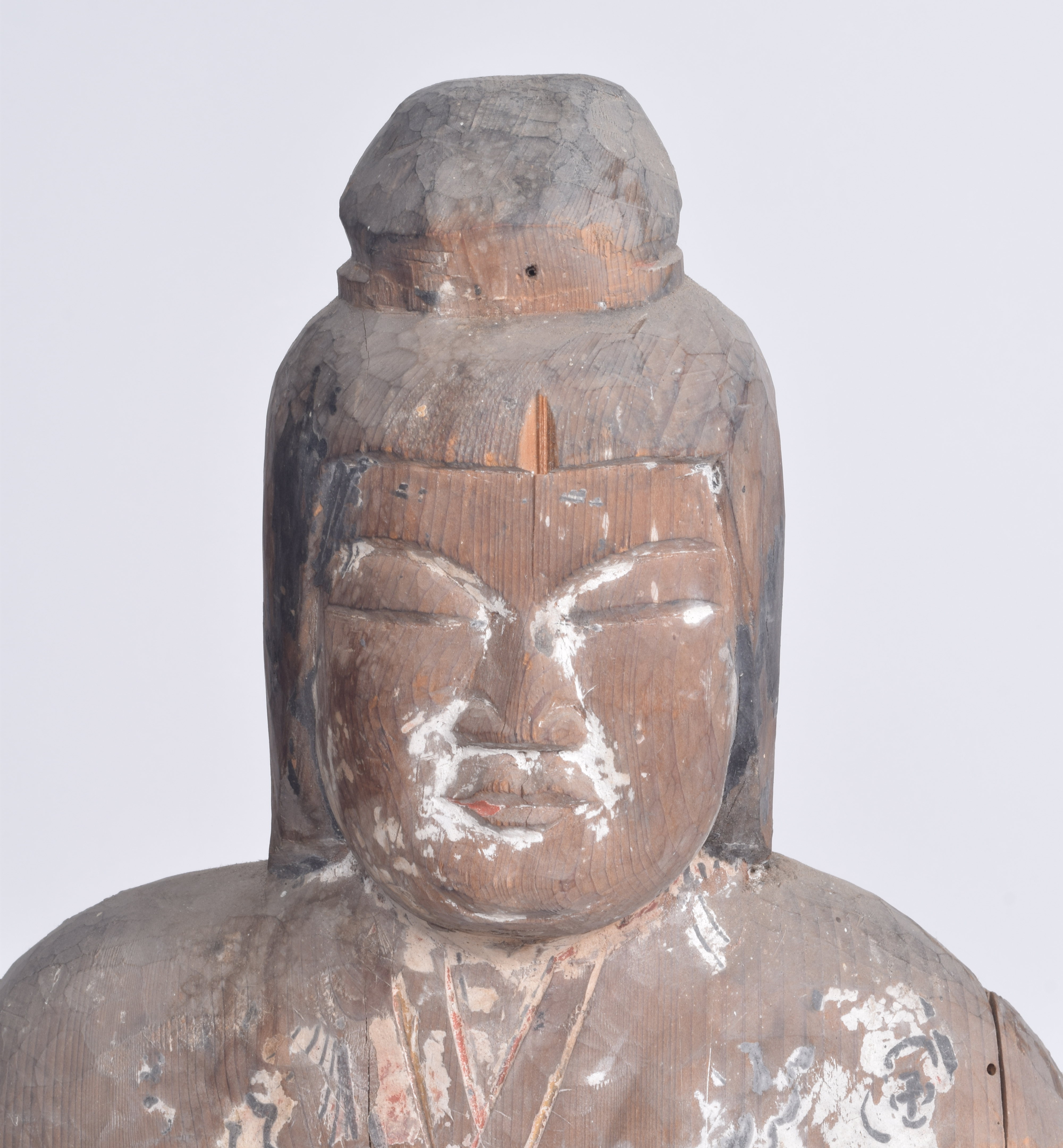
|
Curated Exhibition:
At the Western End of the Foot of Mt. Koya
—Cultural Properties from the Areas along the Kishi River—
Saturday, June 8–Sunday, July 7, 2019
The areas along the Kishi River (Kimino Town, and Kishigawa Town in Kinokawa City), at the western end of the former temple estate of Mt. Koya, have many cultural properties that prove the history of the areas. This exhibition introduces unique cultural properties that were originally owned by temples and shrines, samurai, local communities, etc., including recently discovered materials.
←Statue of Niu Myōjin (Tanjo Jinja Shrine)
|
|
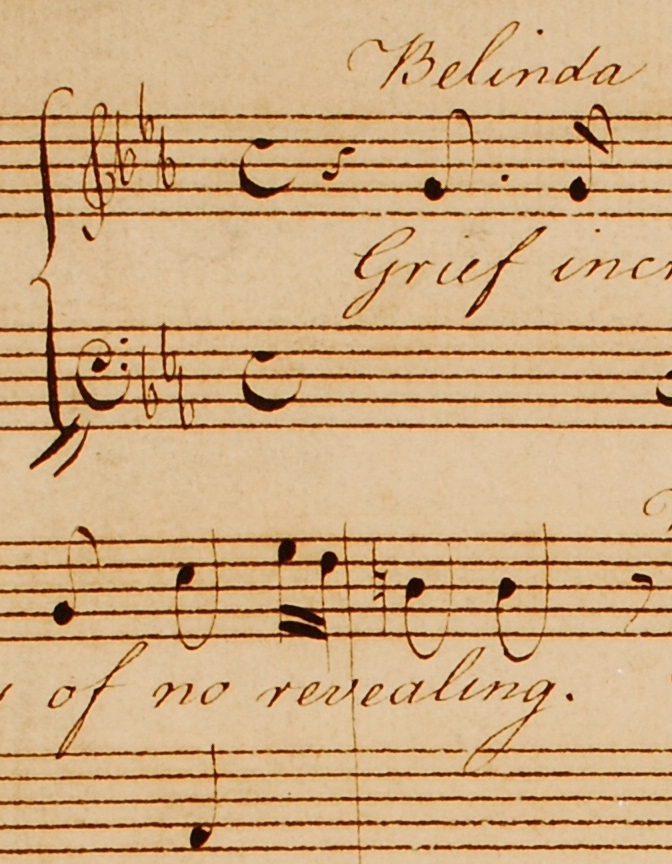
|
Summer curated exhibition:
Supreme Treasures of the Nanki Music Library
Saturday, July 13–Sunday, August 25, 2019
This exhibition displays valuable handwritten and printed scores selected from among the materials in the Nanki Music Library (owned by the Yomiuri Nippon Symphony Orchestra), which are entrusted to Wakayama Prefectural Museum and Wakayama Prefectural Library. Information about the exhibition will be shared with not only those engaged in music education in the prefecture, but also researchers and music university students around Japan.
←Handwritten score of Purcell’s Dido and Aeneas (Yomiuri Nippon Symphony Orchestra)
|
|
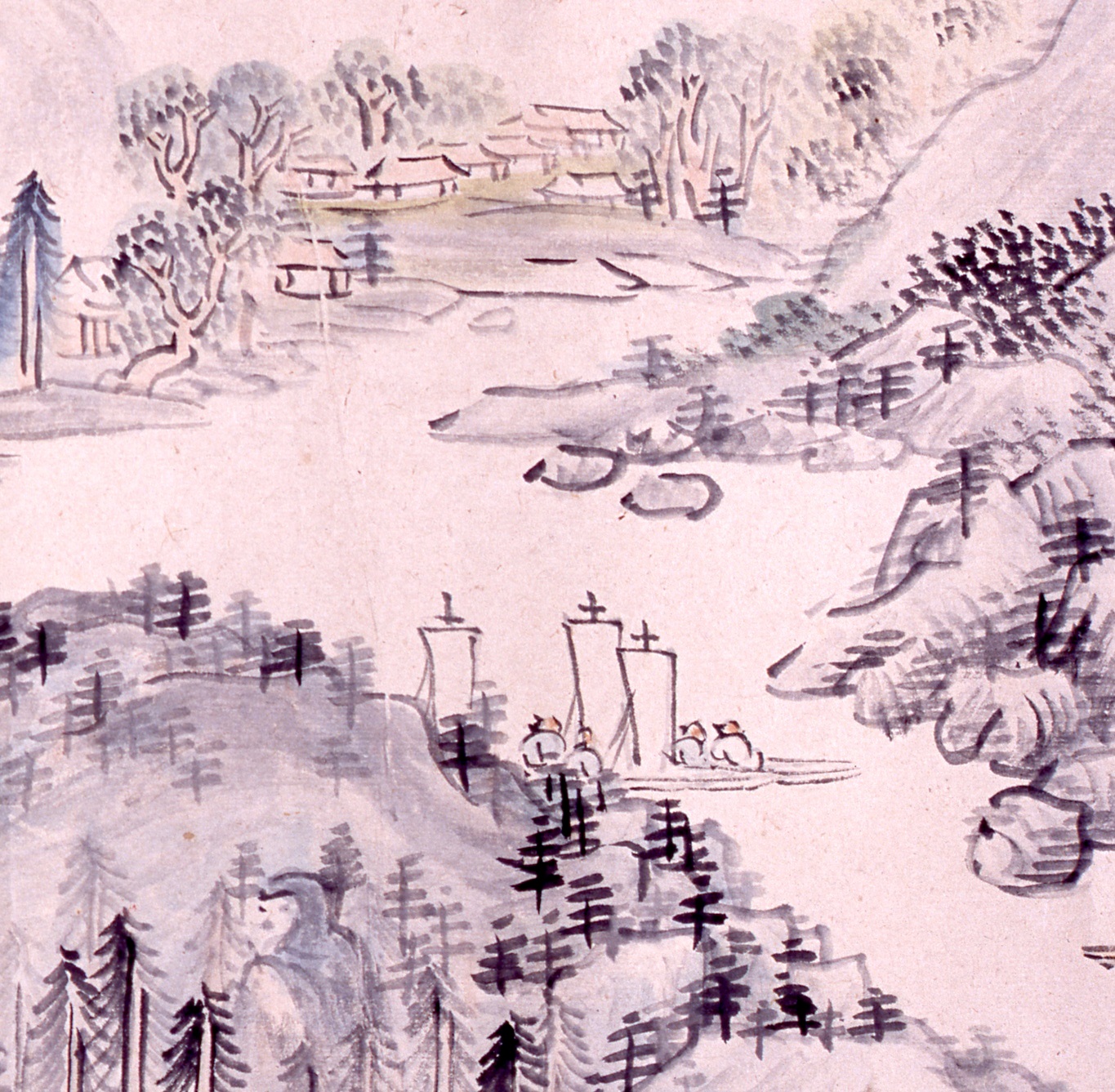
|
Curated exhibition:
Shinkei-zu—Scenery Seen by Traveling Painters—
Saturday, August 31–Sunday, October 6, 2019
In the Edo Period, a new style of Japanese painting called “shinkei-zu”—landscape painting that represents painters’ impressions of places they visited during travels—emerged. This curated exhibition features paintings depicting places of scenic beauty around Japan, including the Kii Peninsula, from early modern to modern times, including a collection from the Museum of Modern Art, Shiga.
←Picture scroll of the landscapes of Kumano (Wakayama Prefectural Museum)
|
|
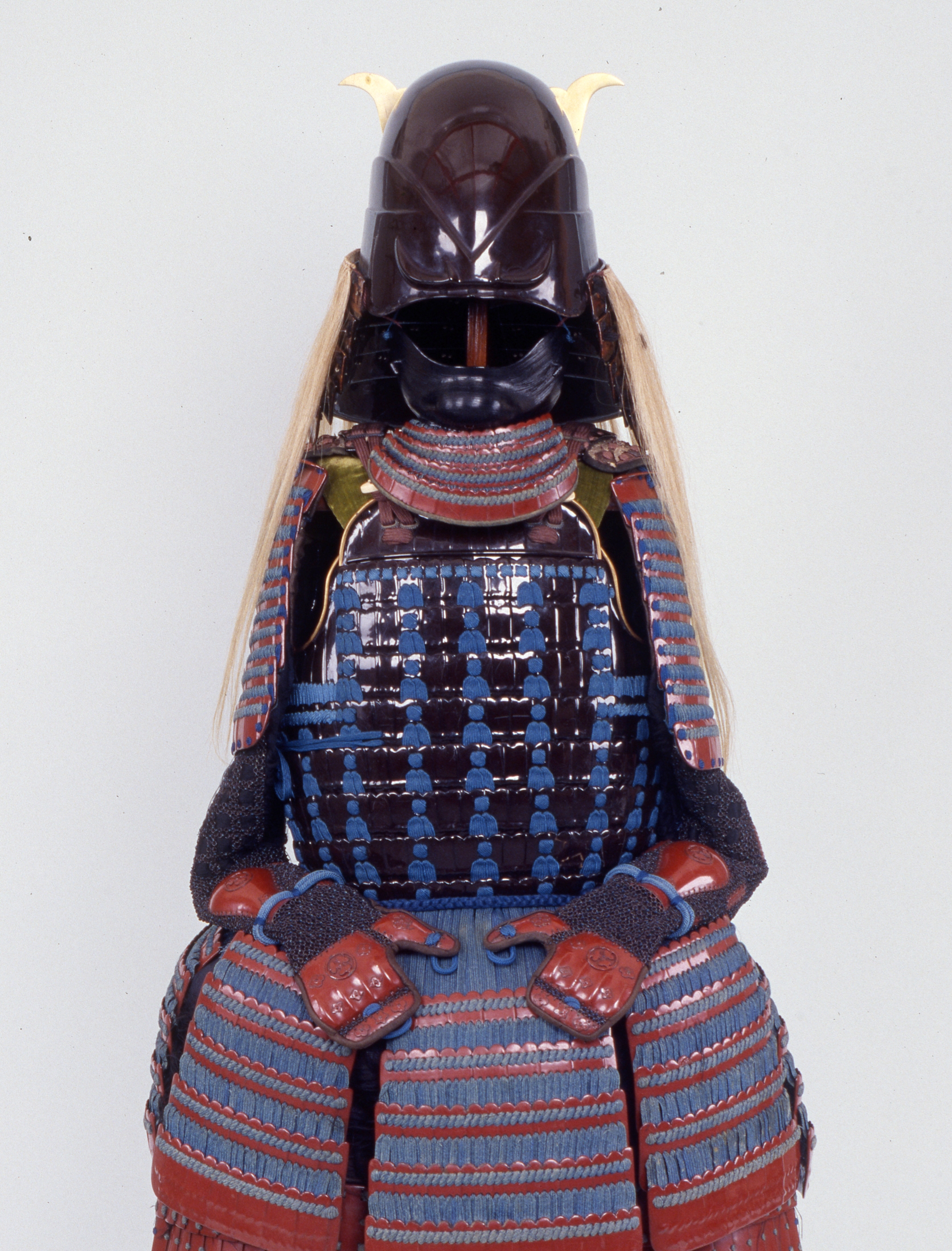
|
Special Exhibition Celebrating the 400th Anniversary of the Tokugawa Family’s Arrival in Kii Province:
Tokugawa Yorinobu and Great Treasures of the Kii Tokugawa Family
Saturday, October 19–Sunday, November 24, 2019
Celebrating the 400th anniversary of Tokugawa Yorinobu’s arrival in Wakayama, this exhibition displays items used by Yorinobu himself and people related to him (his mother Yōjuin, his legitimate wife Yōrin’in, etc.), including Suruga-owakemono (items inherited from his father Tokugawa Ieyasu), treasures long cherished at temples and shrines related to the Kii Tokugawa family, and materials handed down by the descendants of Yorinobu’s retainers. The exhibition is mainly based on the results of recent joint research between Wakayama Prefectural Museum and Wakayama City Museum.
←Domaru armor with light indigo lacing (used by Tokugawa Yorinobu; Kishu Toshogu Shrine; designated as a cultural property by Wakayama Prefecture)
|
|
|
Museum to be closed temporarily
Tuesday, November 26, 2019–Friday, January 31, 2020
The museum will be temporarily closed due to work on upgrading lighting in exhibition rooms.
|
|
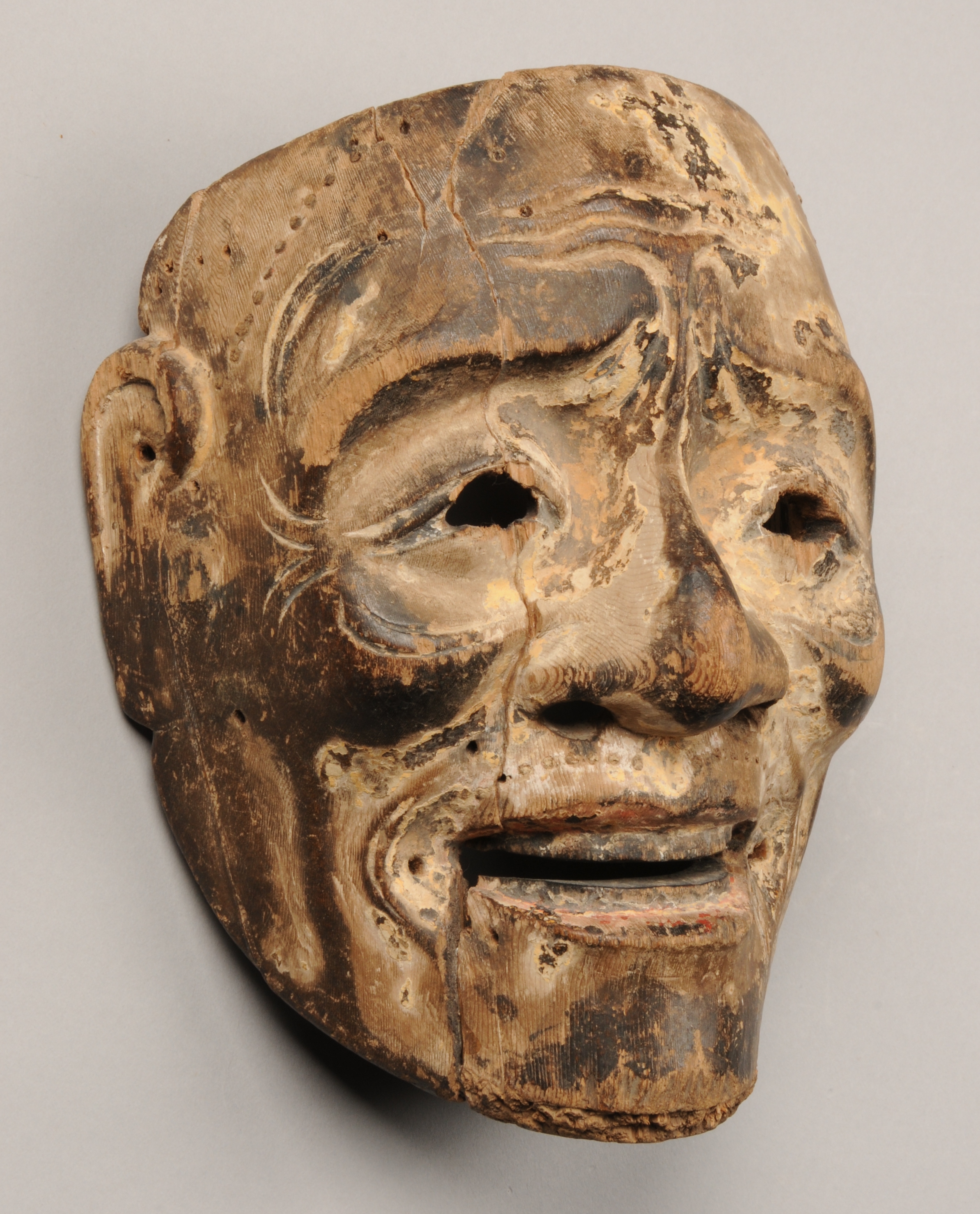
|
Curated exhibition: Mysterious Masks from Kinokuni
Saturday, February 1–Sunday, March 8, 2020
Wakayama Prefecture is a treasure trove of long cherished masks used for Shinto and Buddhist services, festivals, and performances. Focusing on the religious functions of masks, this exhibition introduces the regional history represented by masks from Wakayama Prefecture, and their aesthetic features. The exhibition also displays masterpieces from the mask collection donated by Mr. Taketoshi Inui.
←Mask of an old man (designated as a cultural property by Katsuragi Town; Niutsuhime Jinja Shrine)
|
|
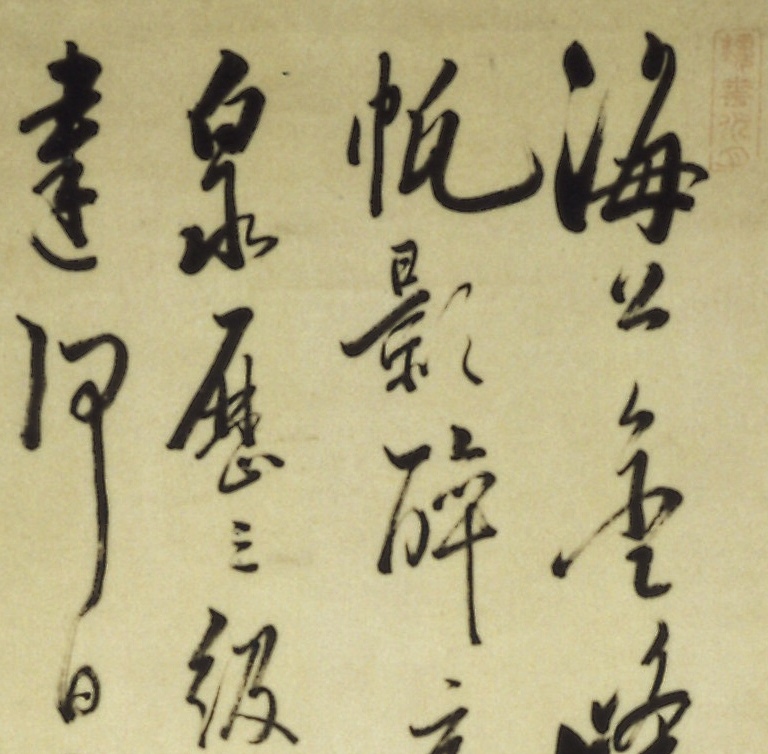
|
Curated exhibition: Calligraphic Works from the Edo Period
Saturday, March 14–Sunday, April 19, 2020
In the Edo Period, calligraphic education permeated among not only domain lords and samurai, but also peasants and merchants. The effects of the education can be found in calligraphic works of classical Chinese poems and prose pieces, which were often written at that time. This exhibition sheds light on calligraphic works by people in Kinokuni in the Edo Period.
←Writing of a shichiritsu-style poem, by Gion Nankai (Wakayama Prefectural Museum)
|
|